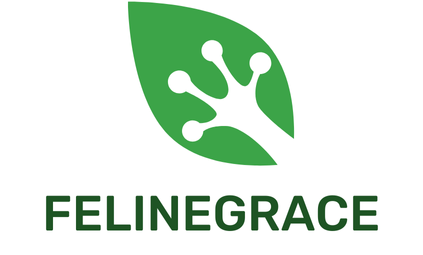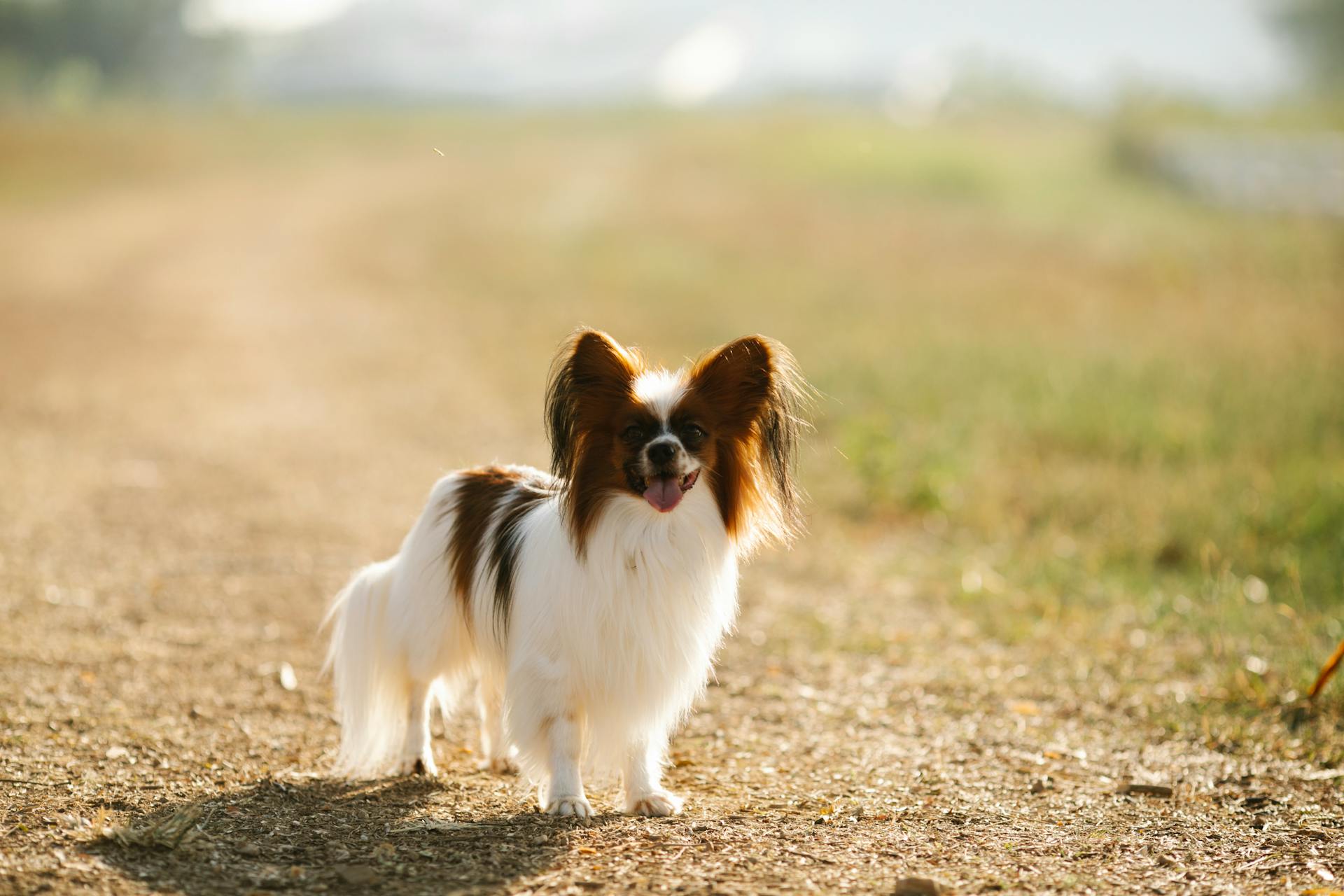Training your Papillon in scent work offers an exciting path to deeper bonding and competitive success. With their keen noses and playful spirits, these charming dogs are perfect candidates for scent-based activities. This guide provides techniques and tips tailored specifically for Papillons, ensuring you harness their natural abilities effectively. By focusing on positive reinforcement and structured practice, you’ll unlock your dog’s potential while enjoying a fun and rewarding experience together. Your journey into the world of scent work begins here—let’s get started!
Understanding Scent Work
Scent work training is an essential aspect of dog training that taps into a dog’s natural ability to identify and follow scents. Canine olfaction is incredibly powerful, with dogs having up to 300 million scent receptors compared to a human’s 5 million. This remarkable sense allows them to excel in various activities, including scent work competitions.
Cela peut vous intéresser : How is the UK regulating drone usage to prevent disturbances to nesting raptors?
In the realm of dog competition, scent work is gaining popularity. Events are designed to test a dog’s ability to locate a hidden scent within a set time frame. These competitions not only showcase the dog’s olfactory skills but also their training and teamwork with their handler. For breeds like Papillons, known for their intelligence and agility, scent work can be particularly beneficial.
Engaging in scent work offers numerous advantages for Papillons. It provides mental stimulation, which is crucial for their active minds. Moreover, it strengthens the bond between the dog and its owner as they work together to achieve a common goal. Additionally, scent work can help in reducing anxiety and boredom, leading to a happier and more well-adjusted pet. Thus, incorporating scent work into training routines can be highly rewarding for both dogs and their handlers.
Dans le meme genre : What are the challenges in conserving UK’s native crayfish populations, and how can the public help?
Unique Traits of Papillons in Scent Work
Papillons are a small breed with distinct characteristics that make them exceptional in scent work. Known for their intelligence and agility, Papillons are quick learners, which is a significant advantage in scent detection tasks. Their enthusiasm and eagerness to please their handlers further enhance their performance in these activities.
Papillon Characteristics
Papillons possess a keen sense of smell, which complements their natural curiosity and alertness. These traits enable them to excel in identifying and following scents, making them well-suited for scent work training. Despite their size, Papillons demonstrate remarkable perseverance and determination, tackling scent detection challenges with vigor.
Advantages in Scent Detection
The breed’s small stature allows Papillons to navigate tight spaces and reach areas that larger dogs might find difficult. This agility can be a significant asset during scent work competitions, where precision and speed are essential. Additionally, their strong bond with handlers often results in excellent communication and teamwork, crucial components of successful scent work.
Challenges in Small Dog Training
Training small breeds like Papillons in scent work can present unique challenges. Their size may require adaptations in training methods and equipment to ensure safety and effectiveness. However, with patience and tailored training approaches, Papillons can overcome these obstacles, thriving in scent work activities.
Essential Tools for Training
To effectively engage in scent work training, having the right tools is crucial. These tools not only enhance the training experience but also ensure safety and efficiency.
Recommended Tools and Equipment
For successful scent work, a variety of scent work tools are recommended. Essential items include:
- Scent detection items: These are typically small containers or tins that hold the scent source. They should be durable and easy to hide.
- Training mats or boxes: Useful for creating controlled environments where dogs can practice scent detection.
- Clickers or markers: These help in reinforcing positive behaviour during training sessions.
Overview of Scent Types and Sources
Understanding the different scent types and sources is vital. Commonly used scents include essential oils like birch, anise, and clove. These scents are chosen for their distinctiveness and ability to be detected in various environments. Using a variety of scents can prevent dogs from becoming overly familiar with a single smell, maintaining their alertness and adaptability.
Importance of Safe and Effective Training Environments
Creating a safe and effective training environment is paramount. Ensure that the area is free from distractions and hazards. This allows the dog to focus solely on the scent detection task, fostering a more productive training session.
Step-by-Step Training Techniques
Introducing your Papillon to scent work techniques begins with simple exercises. Start by using familiar scents, such as their favourite treats, to spark interest. Hide these treats in easy-to-find locations, allowing your dog to use their nose to locate them. This initial step builds confidence and lays the groundwork for more advanced training methods.
Progression from Basic to Advanced Tasks
Once your dog is comfortable with basic scent work, gradually increase the complexity. Introduce different scent work techniques by using essential oils like birch or clove. Begin by placing the scent in visible locations, then progressively hide it in more challenging spots. This progression enhances their scent detection skills, making them adept at identifying and locating various odours.
Tips for Reinforcing Positive Behavior
Throughout the training process, reinforcing positive behaviour is crucial. Use a step-by-step guide to ensure consistency. Reward your Papillon with treats or praise each time they successfully identify a scent. This reinforcement encourages enthusiasm and eagerness to participate. Remember, patience and repetition are key. Adjust your training methods as needed, ensuring a rewarding experience for both you and your dog.
Preparing for Competitions
Participating in scent work events requires careful competition preparation to ensure your Papillon performs at its best. Various types of competitions exist, such as those focusing on specific scent detection skills or timed challenges. Each event tests different aspects of a dog’s olfactory abilities and teamwork with their handler.
Strategies for Success
To excel in competitions, it’s crucial to tailor your training regimen to the specific demands of the events. Begin by familiarising your Papillon with the competition environment. This includes exposing them to distractions they might encounter, such as other dogs and unfamiliar scents. Consistent practice in diverse settings helps build confidence and adaptability.
Importance of Practice Runs
Incorporating practice runs and mock competitions into your training schedule is vital. These simulate the conditions of actual events, allowing both you and your Papillon to refine your approach. Practice runs help identify areas needing improvement, ensuring your dog is well-prepared for the real challenge.
Mock Competitions
Mock competitions offer a controlled environment to test your Papillon’s skills under pressure. They provide valuable insights into your dog’s readiness and highlight any adjustments needed in your training strategy. By incorporating these elements into your preparation, you increase the likelihood of success in scent work competitions.
Overcoming Common Challenges
Engaging in scent work training with Papillons can present unique training challenges. One of the most frequent obstacles is maintaining the dog’s focus amidst distractions. Papillons, with their lively nature, may easily become sidetracked. To address this, create a controlled environment with minimal distractions initially. Gradually introduce more stimuli as their concentration improves.
Problem-solving is crucial in training. If a Papillon struggles with a particular scent detection task, break it down into smaller, manageable steps. For instance, if they have difficulty identifying a specific scent, start by associating it with a familiar one. This method encourages gradual learning and builds confidence.
Behaviour management is another essential aspect. Some Papillons might exhibit anxiety or frustration during training. In such cases, employing positive reinforcement techniques like treats or praise can be highly effective. Consistent and patient reinforcement of desired behaviours helps alleviate anxiety and fosters a positive learning atmosphere.
Patience and consistency are key in overcoming these challenges. Training should be a gradual process, allowing Papillons to develop their skills at their own pace. Regular, short sessions are more effective than long, sporadic ones, ensuring sustained engagement and progress.
Inspiring Success Stories and Examples
Success stories in scent work can be incredibly motivating for new trainers and their Papillons. One remarkable example is a Papillon named Bella, who excelled in scent work competitions across Europe. Her journey began with basic scent detection exercises, gradually advancing to more complex challenges. Bella’s competitive achievements are a testament to the effectiveness of her training methods, which focused on consistency and positive reinforcement.
Competitive Achievements
Bella’s success in competitions is attributed to her handler’s dedication to tailored training techniques. By incorporating various scent types and creating diverse training environments, Bella developed a keen ability to adapt to different competition settings. Her story serves as a training inspiration for others, showcasing how perseverance and a strong bond between handler and dog can lead to success.
Training Inspiration
These success stories highlight the importance of patience and creativity in training. Many top competitors utilise a mix of positive reinforcement, practice runs, and mock competitions to prepare their Papillons. These strategies not only enhance a dog’s scent detection skills but also build confidence and focus. For new trainers, learning from these examples can provide valuable insights and motivation to embark on their own scent work journey.
















